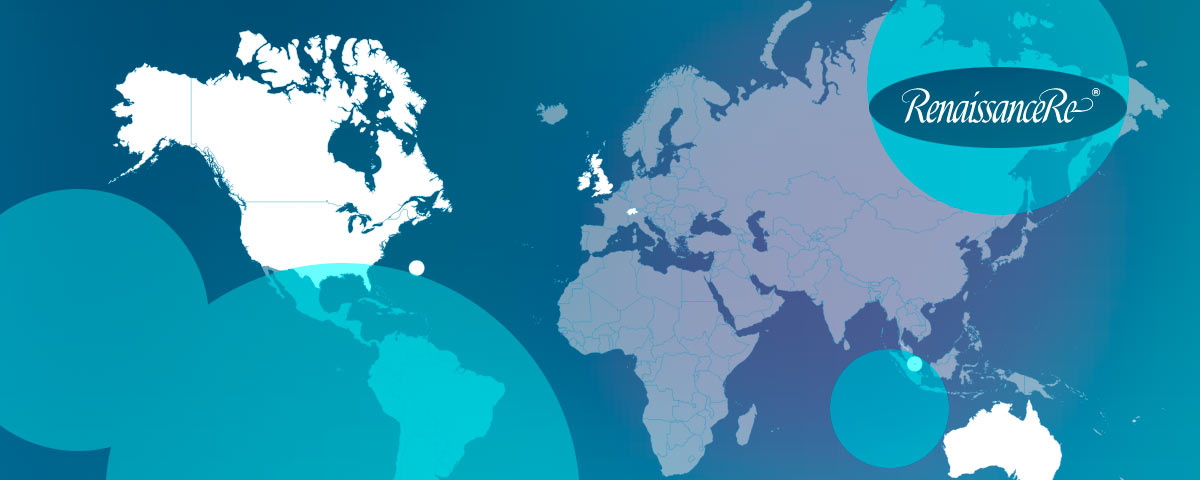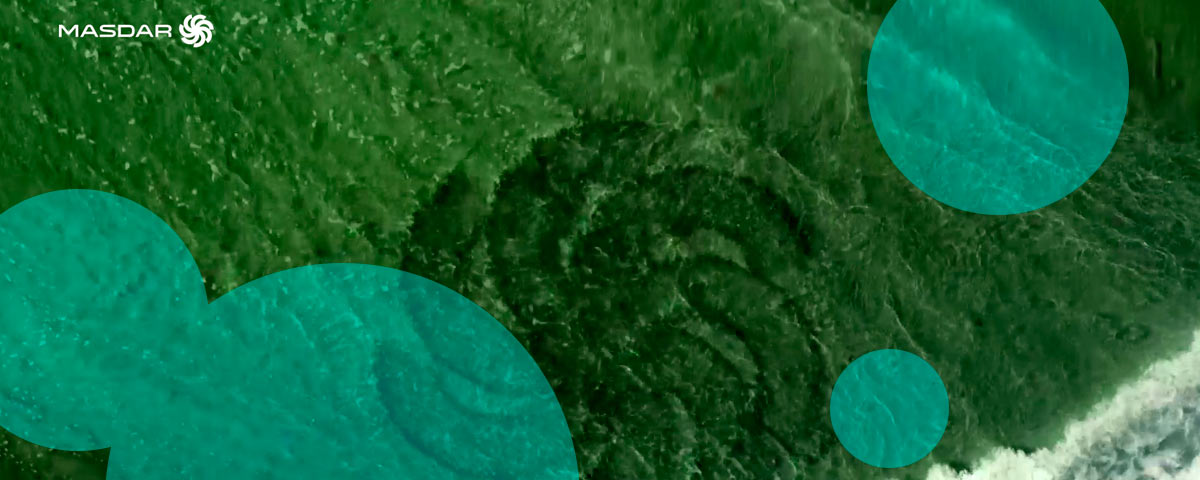Aon has launched a casualty sector update developed with Moody’s, forecasting that emerging risks could generate around $5 bn of reinsurance premium annually.
The report cites PFAS contamination, microplastics, and addictive software design as exposures reshaping the liability market, creating both volatility and opportunity for insurers and reinsurers.
Litigation trends amplify the challenge. Plaintiff-side actions in the U.S. have surged, driving higher claim values and enabling cases once deemed uneconomic.
The report noted that six of the 13 largest losses in the U.S. P&C sector were casualty-driven, with inadequate reserving identified as the main cause of insurer impairment.
Aon argues that reinsurers able to apply advanced data and analytics, paired with modern risk-transfer mechanisms, will be best placed to capitalize on these exposures.
The firm pointed to growing use of legacy liability transfers and parametric structures, which allow insurers to respond to evolving risk patterns while maintaining balance-sheet strength.
One highlighted innovation is named peril reinsurance, which explicitly covers narrowly defined exposures such as microplastics or ultra-processed foods.
Unlike broad casualty treaties, the product aims to deliver transparency and certainty by aligning capital with precisely quantified risks.
Amanda Lyons, global product leader at Aon’s Reinsurance Solutions, said the casualty market has reached a turning point.
A structured, scalable market is rapidly emerging. We are not just responding to these changes — we are developing and implementing advanced solutions to shape it.
Amanda Lyons, global product leader at Aon’s Reinsurance Solutions
Lyons added that Aon’s goal is to encourage reinsurers and capital providers to allocate capacity to new risks and accelerate product development.
Moody’s Managing Director Joe Melly stressed the importance of analytics in this transition.
“Through AI-enabled casualty catastrophe modeling and named peril products, we are converting emerging exposures into tangible opportunities,” he said.
Melly described the collaboration as part of Moody’s broader effort to build a sustainable and data-driven casualty market.
Industry analysts said the report reflects mounting pressure on reinsurers to refine casualty risk assessment while also signaling the potential for rapid premium growth if new products gain traction.









